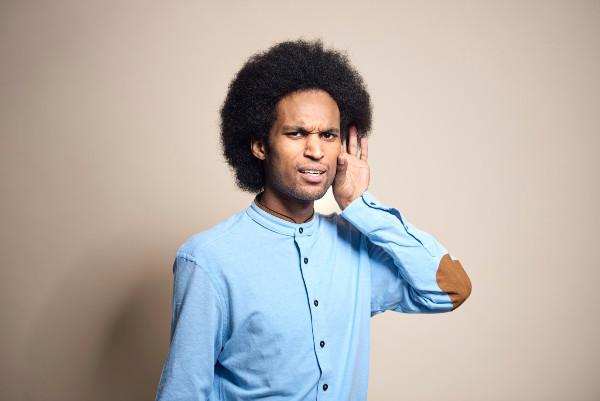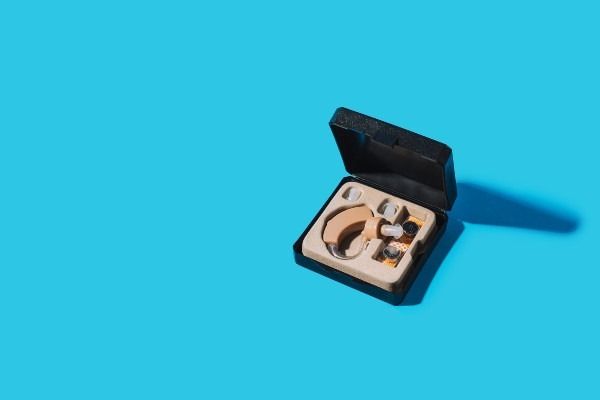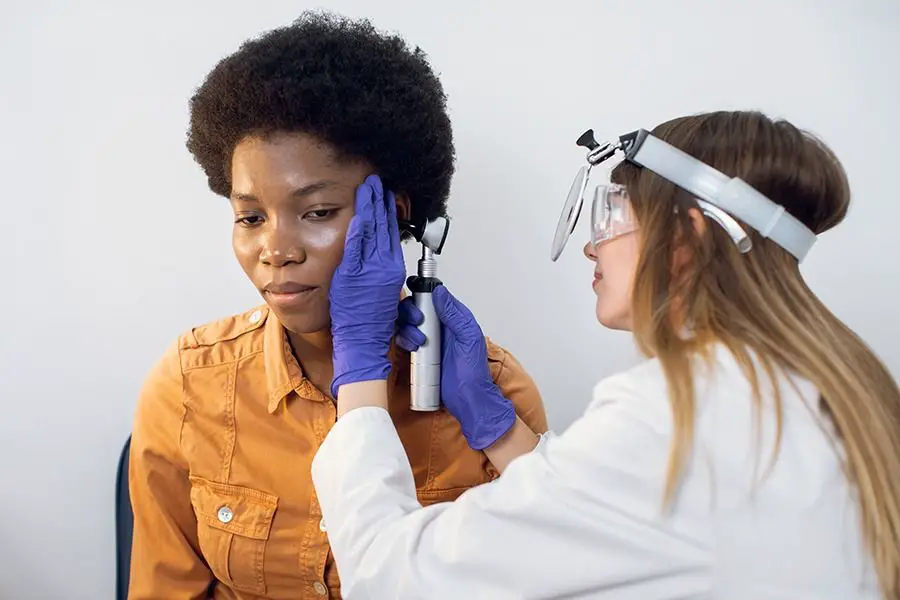Introduction
Life is a symphony of sounds. From the harmony of nature’s melody at dawn to the soothing lullaby of the night, sounds weave the tapestry of our daily experiences. But for some, this symphony fades into silence due to sensorineural hearing loss (SNHL). It’s a condition that impacts millions worldwide, and seniors form a significant portion of this population.
SNHL, characterized by damage to the inner ear or the pathway from the inner ear to the brain, often results in a diminished quality of life. However, with growing awareness and understanding, it has become clear that lifestyle choices play a critical role in preventing or delaying the onset of this type of hearing loss. This post provides a comprehensive guide to help seniors understand how lifestyle modifications can contribute to preventing SNHL.
With detailed insights on the effects of noise pollution, occupational hazards, healthy lifestyle choices, and the benefits of regular exercise, this guide aims to empower you to make informed decisions about your auditory health. It’s about tuning into the symphony of life with clarity, for as long as possible.
The Role of Healthy Lifestyle in Preventing Sensorineural Hearing Loss
Maintaining a healthy lifestyle is crucial for overall wellbeing, and it also plays a significant role in preventing sensorineural hearing loss. Regular check-ups and preventive health screenings can help detect early signs of hearing loss, allowing for timely intervention. A balanced diet rich in vitamins and minerals, particularly those with antioxidant properties, can help protect the delicate structures of the inner ear from damage caused by aging or noise exposure.
Furthermore, avoiding smoking and excessive alcohol intake can also help safeguard hearing. Both habits have been linked to an increased risk of hearing loss. While adopting a healthy lifestyle might not eliminate the risk of SNHL, it can certainly help slow its progression and, in some cases, prevent it.
Noise Pollution and Sensorineural Hearing Loss: The Need for Awareness
Noise pollution is a pervasive yet often overlooked problem. It not only disrupts peace but can also have severe implications for hearing health. Prolonged exposure to loud noise, whether from traffic, construction, or loud music, can cause permanent damage to the hair cells in the cochlea, leading to SNHL.
Raising awareness about the detrimental effects of noise pollution on hearing health is of utmost importance. It’s essential to understand the concept of safe listening levels and to practice sound hygiene. Using noise-cancelling headphones, limiting the volume of personal audio devices, and taking regular breaks from loud environments can help protect against noise-induced hearing loss.
Preventing Sensorineural Hearing Loss: An Occupational Perspective
Certain occupations expose individuals to a higher risk of sensorineural hearing loss due to their noisy environments. These include jobs in construction, manufacturing, military, and music. In these professions, it is vital to take precautions to prevent SNHL.
Employers and employees should work together to create safer work environments. This can involve implementing noise control measures, providing and enforcing the use of protective gear like earplugs or earmuffs, and conducting regular hearing tests. Through these measures, it’s possible to significantly reduce the risk of occupational hearing loss.
Tinnitus: why it’s still such a mystery to science
Protecting Your Hearing: Tips to Prevent Sensorineural Hearing Loss
When it comes to preventing SNHL, certain steps can be highly beneficial. Here are some tips:
- Avoid exposure to loud sounds as much as possible.
- Use hearing protection when involved in a loud activity.
- Turn the volume down on personal audio devices.
- Get your hearing tested if you’re at a higher risk of SNHL.
- Follow a healthy lifestyle to protect your overall health and, in turn, your hearing health
The Link Between Exercise and Sensorineural Hearing Loss
Exercise isn’t just good for your heart, muscles, and mood – it’s also beneficial for your hearing. Regular physical activity improves blood flow to the ears, supporting the function of the hair cells in the cochlea that are crucial for hearing. Additionally, exercise contributes to better overall health and wellbeing, which indirectly impacts hearing health.
That said, it’s essential to ensure safety while exercising. Loud gym music or noise from cardio equipment can potentially harm your hearing. Consider wearing ear protection or using personal audio devices at a safe volume. Also, remember that specific types of exercise, like scuba diving or anything that alters your body’s pressure balance, can impact your ears, so proceed with caution and the necessary protective measures.
SUDDEN HEARING LOSS – SYMPTOMS, CAUSES AND TREATMENTS
Hearing Aids and Sensorineural Hearing Loss: A Technological Journey
Over the years, hearing aids have undergone extensive evolution. From the ear trumpets of the past to the sophisticated digital devices of today, they remain one of the most common interventions for sensorineural hearing loss. Modern hearing aids come equipped with features like noise reduction, directional microphones, and connectivity with other digital devices, significantly enhancing auditory experiences for those with SNHL.
As we look to the future, we see ongoing advancements promising even more sophisticated solutions. For instance, there’s active research in developing “smart” hearing aids that can analyze the sound environment and adapt in real-time. These continuous improvements illustrate the resilience and resourcefulness of human innovation, dedicated to improving the lives of those living with SNHL.
Conclusion
Sensorineural hearing loss, while common among seniors, is not an inevitable outcome of aging. Lifestyle choices significantly influence our auditory health. By embracing a healthy lifestyle, being aware of the threats of noise pollution, and understanding the potential occupational risks, we can effectively prevent or delay the onset of SNHL.
Exercise, often underestimated, serves as a powerful tool in maintaining not just our bodily health but our hearing health as well. Like any other health measure, it needs to be approached wisely, with an understanding of its implications on our ears.
Every step we take in protecting our hearing today paves the way for a future where we can continue to enjoy the symphony of sounds. Because every whisper of the breeze, every note of a loved one’s laughter, and every strain of our favorite song is a precious thread in the tapestry of our life experiences. Let’s make choices that help us savor these sounds for years to come.
We’re never too old to take steps to protect our hearing, and the journey towards auditory health is one that guarantees rich rewards. It’s the journey of staying connected to the world, of continuing to enjoy interpersonal communication, and of aging with grace and autonomy.
The symphony of life awaits you. Embrace the knowledge and make the choices that allow you to keep enjoying the music.









